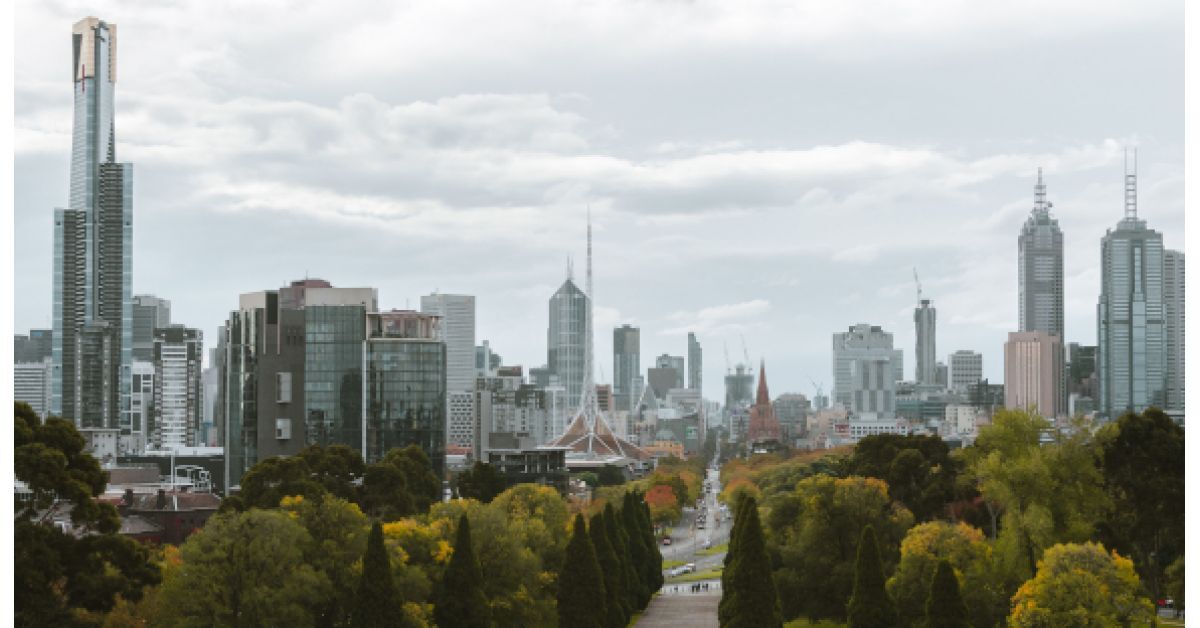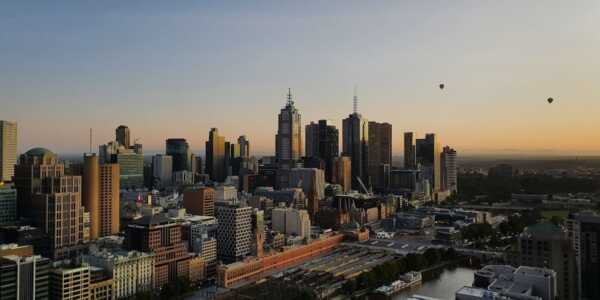Jesse Radisich
Director
CBD and Metropolitan Sales
Savills Australia
Direct Ph: 86868038
Mobile No: +61 402 085 702

Like all property sectors, many pundits held grave concerns for the development industry at the outset of the COVID-19 outbreak, given the forecast drop in residential values across the board. It was said that house prices around Australia could crash by up to 20-30%. This hasn’t eventuated, and all state markets nationally except Victoria have actually seen an increase in residential values. Some experts say the worst is still to come, with a perfect storm brewing that will bring with it most notably the turning off the tap of Government stimulus measures combined with rising unemployment and drastically lower migration levels. Notwithstanding this, there are many positive signs throughout the market, and the actual activity that is occurring shows that there is perhaps a level of confidence that we won’t see the sort of doom and gloom that is anticipated by some over the coming 12 months. In fact, there is some optimism that with interest rates at record lows and big Government spending on the cards, this may be enough to counteract these potential negatives.
1. Limited supply throughout 2020 has maintained values
Significantly lower volumes of development sites have been offered to the market throughout 2020, with demand for good sites continuing to outweigh supply. This supply imbalance has created a high level of pent up demand for high quality sites and we are continuing to see a real shortage of premium options available. If priced correctly, we are seeing sites snapped up quickly.
2. Residential sentiment appears to be improving, even in Victoria.
According to the Westpac-Melbourne Institute Index of Consumer Sentiment and as reported in the AFR, residential sentiment is at its highest level since September 2019, well before the pandemic began. Westpac says “confidence in the housing market has boomed”. Even in Victoria, whilst we were still experiencing harsh lockdowns, the bank said “the apparent resilience of the Victorian market is impressive”. Since Melburnians have been released from lockdown, auction clearance rates have been hitting 80%, and sales activity has been strong. The recent ME Quarterly Property Sentiment Report (outlined in the AFR) showed that housing sentiment has almost rebounded to pre-COVID-19 levels. ANZ has just announced that they were “too pessimistic” with their house price forecasts, and are now forecasting a 7.8% rise in Melbourne house prices next year.
3. Experienced developers continue to build their pipelines.
In a positive sign for the market, many very experienced and seasoned developers are continuing to build their pipeline of projects. Granted, they are being a little bit more cautious, but they are certainly not holding back for the right opportunities with most prices achieved consistent with ‘pre-COVID’ levels.
4. The market is flush with liquidity.
Despite the economic impacts of the pandemic, the world is flush with cash seeking a home and strong returns. Locally and from a development perspective, one of the ways we are seeing this manifest is very cashed up developers seeking opportunities to fund projects with limited or no debt whatsoever, deliver the projects with equity only and with the strategy to sell down the completed product in what is likely to be a stronger and/or rising market in 12-18 months’ time. We are particularly seeing this interest in the higher end, luxury space.
5. Off-shore developers remain active.
Despite reports of off-shore capital vanishing from the market, the Savills team is continuing to transact to off-shore developers who still see Australia as a safe haven - financially, politically and environmentally. Granted, we are not seeing the same frantic activity as we have in years gone by, but we are experiencing solid demand nonetheless.
6. Record low interest rates are fuelling demand and cushioning the market.
With interest rates at record lows, many developers see this as an opportune time to capitalise on the conditions and enter the market with lower barriers to entry. Developers holding existing sites within their portfolio are more able to service their loan commitments and if they aren’t in a position to launch a particular project, they have been more readily able to ride out the severe COVID lockdown periods. With interest rates tipped to remain low for years to come, this should act as a cushion for the market for the medium to long term.
7. The big banks are still active in lending.
When the big banks shut up shop altogether, things are not good. There is no doubt that the banks are being very selective and cautious with projects they fund, as they should be. We are definitely seeing confidence shown by the banks in high quality, de-risked projects backed by experienced and well-resourced developers. Recent significant examples include Kokoda’s $250m facility with CBA for their Malvern project, Gurner progressing their $120m Collingwood project with ANZ and CBA putting $70m towards UAG’s project in West Melbourne. As many experts have said throughout this pandemic, this is not a credit crunch, and the banking and financial system generally is in relatively good shape.
8. Non-bank lenders continue their strong push to cover any shortfall from the big banks.
Non-bank lending for property developers has grown in scale and availability over the past few years, and really ramped up as credit through the big banks dried up during the onset of the COVID-19 pandemic. With more flexible and often less stringent lending requirements, non-bank lenders have been able to step up to fund more projects during this period.
9. Government stimulus is helping drive buyer demand.
Government stimulus packages have gone a long way in propelling the residential market forward during the pandemic. The $25,000 Home Builder scheme has helped some developers who were fortunate enough to fall within the required project time-frame and requirements to sell off-the-plan apartments and townhouses, with some developers such as R. Corporation enjoying massive success and $100m in sales at their South Melbourne project. The First Home Loan Deposit Scheme has been extended and will provide a further 10,000 first home buyers to secure a home or build a new home with a deposit as little as 5%. Some argue such measures are counter-productive, but the intent from the Government to fuel the residential market is clear. We know that the off-the-plan market has slowed somewhat, but the Government stimulus has helped drive the more affordable end of the market.
The State Government has also just announced a $5.3billion commitment to delivering over 10,000 social housing and low cost homes throughout Victoria, which will provide a strong impetus to the construction industry and provide an abundance of jobs, as well as fuel transactions of privately held land as part of the scheme.
10. Existing home owners are being more conservative.
As outlined in the AFR, recent data from Firstmac shows that voluntary mortgage repayments doubled in July, August and September in contrast to the previous 12 months. This shows that homeowners are working to give themselves a financial buffer, and this is likely to go a long way to preventing the risk of mortgage defaults which has been flagged by the RBA as a potential concern following the tapering off of the Government stimulus packages. A strong and sustainable residential market is key to and inextricably linked to the development site market.
Similar Content
Load more Articles









